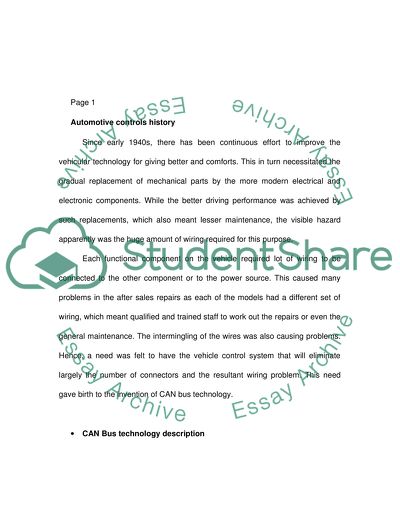Cite this document
(CAN Bus Technology, Working and Operation of CAN System Coursework - 3, n.d.)
CAN Bus Technology, Working and Operation of CAN System Coursework - 3. Retrieved from https://studentshare.org/information-technology/1550074-can-bus-technologies
CAN Bus Technology, Working and Operation of CAN System Coursework - 3. Retrieved from https://studentshare.org/information-technology/1550074-can-bus-technologies
(CAN Bus Technology, Working and Operation of CAN System Coursework - 3)
CAN Bus Technology, Working and Operation of CAN System Coursework - 3. https://studentshare.org/information-technology/1550074-can-bus-technologies.
CAN Bus Technology, Working and Operation of CAN System Coursework - 3. https://studentshare.org/information-technology/1550074-can-bus-technologies.
“CAN Bus Technology, Working and Operation of CAN System Coursework - 3”. https://studentshare.org/information-technology/1550074-can-bus-technologies.


